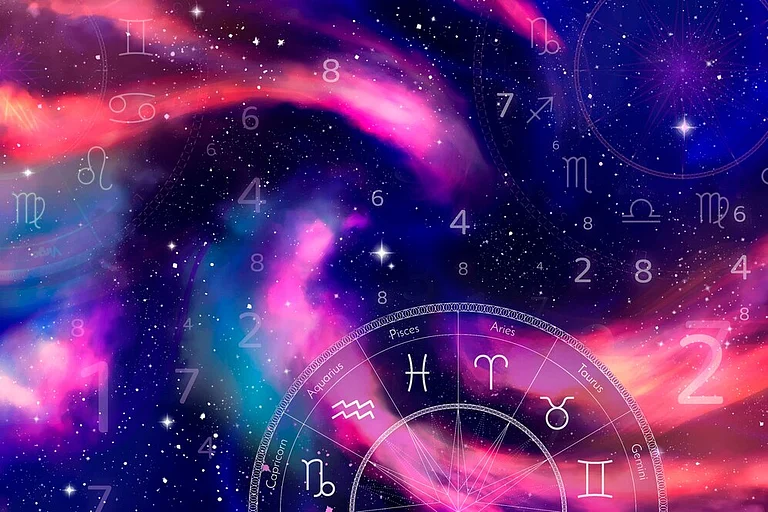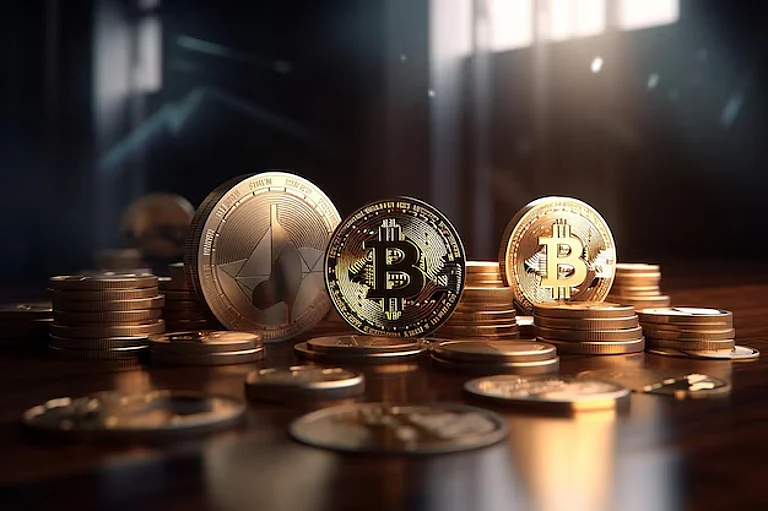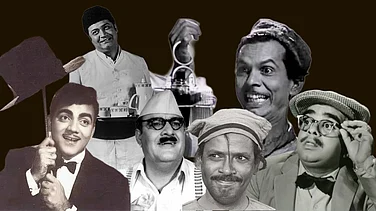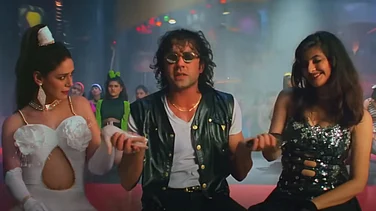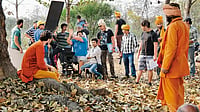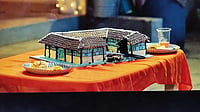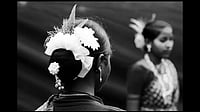In 1980, at the age of 15, Taran Adarsh started his journalism career with Trade Guide, a weekly box office magazine. Today, he is known for giving box office updates and trade figures on social media and other online platforms. A lot has changed in the 42 years he has been a part of the film industry. In this candid conversation with Outlook’s Daniya Rahman, the film reviewer takes a trip down memory lane and reminisces about how the industry has changed from the late 1970s to the present.
What are your thoughts on the role of reviewers and critics in Hindi cinema?
I think a lot depends on what the critics write. They can enlighten you, help you decide whether to watch a film or not. That being said, while the critic’s review matters initially, eventually it is the content that speaks for itself and it’s the audience that decides the fate of a film. There have been many instances of films hyped by critics but falling flat on their faces at the box office because the audience did not endorse them.
I remember when Hum Aapke Hain Koun..! was released. Most critics wrote it off and tore it to shreds. But the audiences loved it and we all know the kind of recall value the film has to date. On the other hand, you have Kantara. People were not very aware of the cast and the film wasn’t hyped or promoted much but the critics gave it a glowing review. In this case, unlike Hum Aapke Hain Koun..!, the audience endorsed the critics’ opinions.
So, critics’ reviews, though not always foolproof, help create an opinion. Now, this opinion may be rubbished or taken up by the audience, depending on whether they like the film because while critics are important, the final verdict is that of the audience. They are the biggest critics and most of them do not read film reviews at all.
What about the soft power of Indian cinema?
Cinema has always been a major influencer in our country. People have been talking about and discussing things like hairstyles, outfits, dialogues and mannerisms for ages and even today, it is just as influential if not more.
I remember when Tere Naam was released, everyone was adopting Salman Khan’s haircut. If we go back further and look at Amitabh Bachchan’s dressing style, people went gaga about it. I had so many bell-bottoms.
Ups and downs are part of every industry but Indian cinema still holds a lot of influence and power as far as the common person is concerned.
Do you think this power is used adequately?
In mainstream cinema, a lot of times, films are made keeping in mind only entertainment even though there may be scope for showing something more meaningful. What are your thoughts on this?
Once, I had the honour and privilege of interviewing Manmohan Desai. I asked him, “What is it that compels you to make the kind of movies that you make?” He said, “I am an entertainer.”
When I was growing up in the 70s, we had Amar Akbar Anthony and Don; today we have Pushpa, Baahubali and the like. Films made by S S Rajamouli or Rohit Shetty—big-screen entertainers—can never go out of fashion. Yes, the technique was different at that time, but entertainment was of prime importance back then, still is and always will be.
In that interview, Desai had also said, “Everyone has highs and lows in their lives but when they go to the theatres, they want to forget their sorrows for two and a half-three hours and just be entertained.”
In October this year, an Amitabh Bachchan Film Festival was held where some of his older movies were screened: Chupke Chupke, Satte Pe Satta and others. I went to see Don. When the song, ‘Khaike paan Benaras wala’ played, people were dancing in the theatres to a song from a 44-year-old film!
That is the power of entertainment and that’s why entertainment-laden movies work at the box office. They act as a hook and attract audiences in hordes. Not just in India, but globally. We love well-made, larger-than-life cinema.
Tell us about the changing times in the industry—from the 70s to the present.
A lot has changed. Life itself was much simpler back then. Stars were accessible and people from the industry would think from their hearts, not minds. I remember going to Mehboob Studios or RK Studios and stars would be sitting outside during lunch and tea breaks. Today, actors have security, they are sitting in their vans. They have become very inaccessible.
Stars were inaccessible in those days too. But there was no social media and they were not going from mall to mall or city to city to promote their films. Today, they do that. They even have airport looks and some actors would call the paparazzi themselves and then pretend to be shocked at the sight of them. There’s fakeness out there today that wasn’t there in the 70s and 80s. Actors let their work speak for them—through their performances, movies and perhaps even their charities.
I remember in 1978 or 79, I was at a party and Amitabh Bachchan walked in. Suddenly, there was pin-drop silence and people were just looking at him in awe. When we interacted with any of the top stars in those days, we used to be in awe because those stars were on the top in a different way from how they are today. Today, a common person can go and abuse a star on social media. They’re constantly being judged for what they say or eat or wear.
Those days were very different in terms of movies as well. There were two categories of films: commercial films and art films. But even then, if stars like Amitabh Bachchan and Dharmendra did a Sholay, they would also do a Chupke Chupke. There was that flexibility.
I am not saying that actors today are not very open but I can’t imagine many actors today taking the risks that actors took in those days. Today’s generation talks about the popularity of Shahrukh Khan or Hrithik Roshan, and, of course, they command a huge following. But the biggest following I’ve ever seen is the one Rajesh Khanna had. I don’t think any actor has enjoyed the kind of status he did. But unfortunately, it was very short-lived, around 4-5 years. Then Amitabh Bachchan, the ‘Angry Young Man,’ took over and the kind of craze he and his films had was unparalleled. These actors were regarded as heroes and idols.
In 1982, while shooting for Coolie, Amitabh Bachchan got critically injured and had to be hospitalised. The nation held its breath.
Oh, yes. Indira Gandhi, the then prime minister, went to the hospital to visit him. It was national news for days in the papers. I went to so many temples myself!
He recovered soon and came back to complete the film. There’s a scene in the film where the camera freezes, Manmohan Desai added a line: ‘This is the place where Amitabh Bachchan met with the accident.’ I can’t express in words the audience’s reaction in theatres on seeing this. Everyone went berserk. This, to me, is the power of cinema. It can bring people together and make them forget their sorrows. It can also take you back in time and freeze those moments on the big screen.
(This appeared in the print edition as "Audience Is King")
Taran Adarsh is a film critic and trade analyst based out of Mumbai









